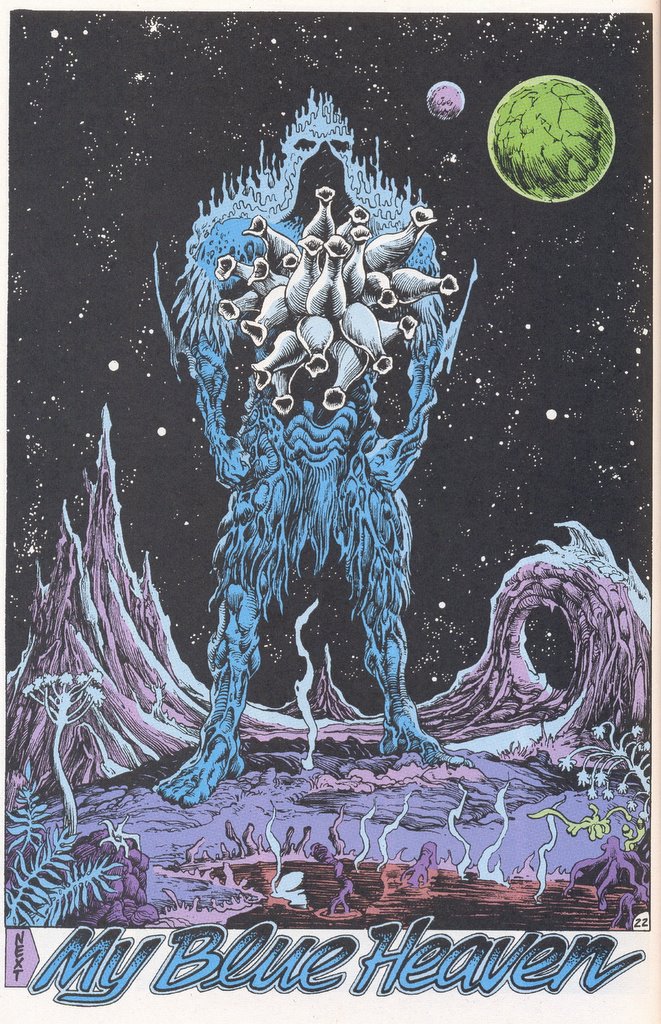A planet 22x the size of Jupiter in what way? Because our sun is less than 10x Jupiter in diameter.But what if it's a planet more than 22 times the size of Jupiter? Or over 22 Jupiter-sized planets in a cluster?
I can't imagine a cluster of 22 Jupiter-sized objects would be a cluster for very long.





